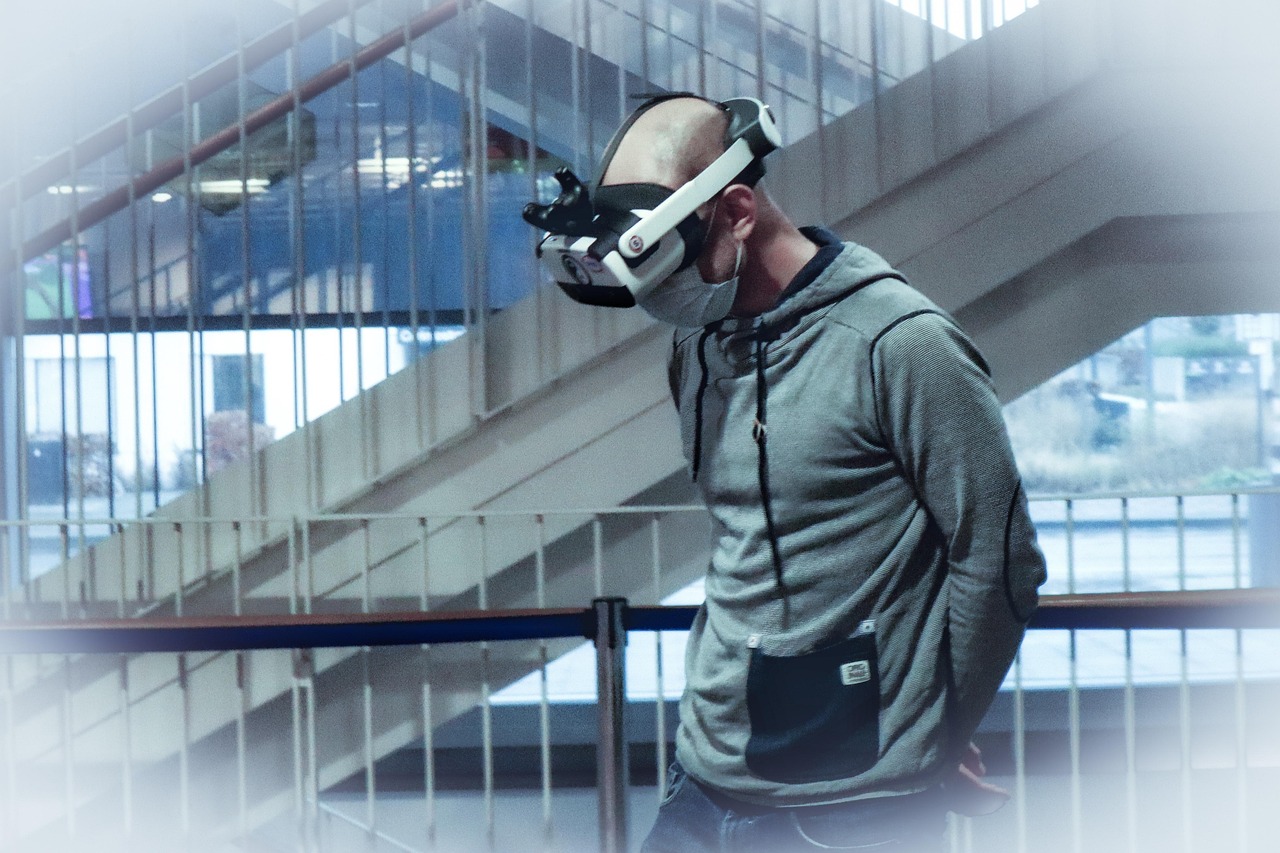The Future of Fitness: The Rise of Virtual Reality Workouts
Virtual reality (VR) has been steadily creeping into our lives, from entertainment and education to real estate and retail. But do you know one area where this technology is making quite a splash? Fitness. Yes, the future of fitness is here, and it's virtual.

VR: A Brief Background
Virtual reality, a computer-simulated reality that mimics an environment that is real or imagined, has been around since the 1960s. However, it wasn’t until the last decade that the technology advanced enough to make it accessible to the general public. With the advent of affordable VR headsets like Oculus Rift and HTC Vive, the VR world is no longer a distant reality.
The Intersection of VR and Fitness
In the fitness industry, VR is being used to make workouts more engaging and less monotonous. Imagine cycling through the French Alps, boxing with a virtual opponent, or running a marathon in a simulated environment—all within the comfort of your home. This is the reality of VR workouts. They not only provide an immersive experience but also make exercising more fun and enjoyable.
The Science Behind VR Workouts
Research indicates that VR workouts can be just as effective as traditional workouts. A study published in the British Journal of Health Psychology found that VR workouts can improve mood and reduce perceived exertion. Moreover, another study published in the journal Psychology of Sport and Exercise found that using VR during workouts can increase enjoyment and adherence to exercise.
The Pros and Cons of VR Workouts
Like any fitness method, VR workouts have their benefits and challenges. On the one hand, they offer a unique, immersive experience, allowing people to enjoy a variety of scenarios that they wouldn’t encounter in a regular gym. They also make exercising more fun, which can encourage more people to engage in physical activity.
On the other hand, some people may experience motion sickness while using VR for workouts. Also, the cost of VR equipment can be a barrier for some.
Wellness Facts & Insights
- VR workouts can improve mood and reduce perceived exertion.
- They provide an immersive, enjoyable experience that can encourage more people to exercise.
- There are potential downsides, such as motion sickness and the cost of equipment.
In conclusion, VR workouts represent a promising development in the fitness industry, offering a unique blend of technology and exercise that can make working out more enjoyable and engaging. As with any fitness trend, it’s essential to find a balance that works for you and aligns with your health goals. But one thing is clear: the future of fitness is here, and it’s virtually amazing.
Please note: The article image showing a dental implant model is not relevant to the content. The article discusses virtual reality workouts, and the image creates a misleading disconnect between the visual content and the article topic.




